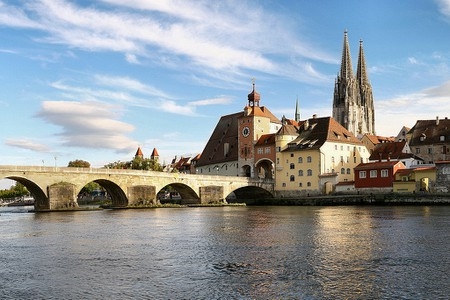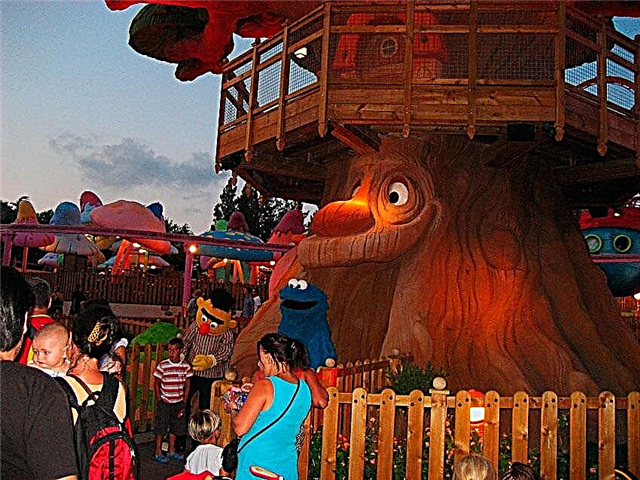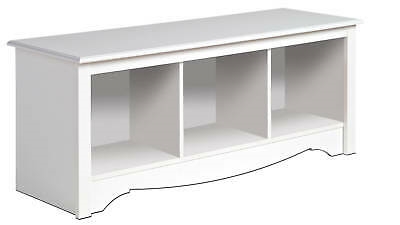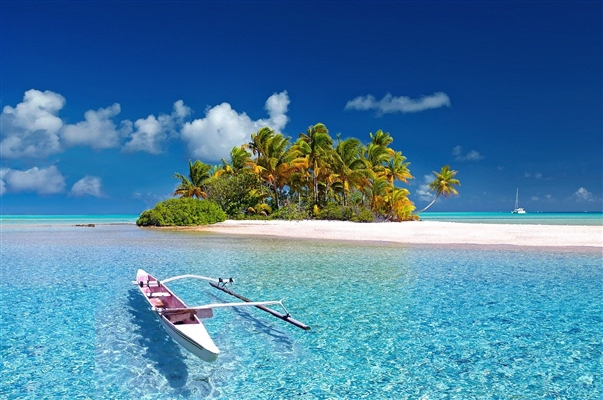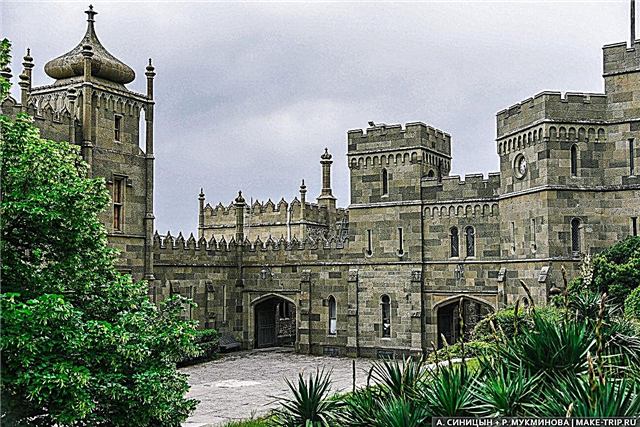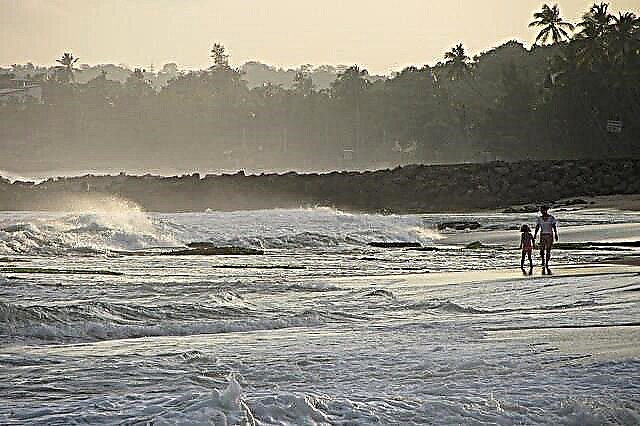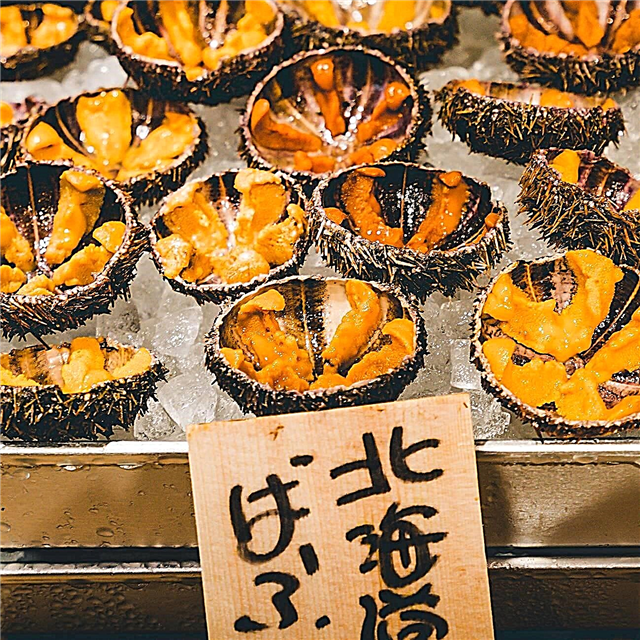
The capital of Japan is a gigantic ultra-modern metropolis. How to have time to watch all the fun? Hear about iconic Tokyo attractions such as Japanese cultural heritage, colorful neighborhoods, museums and parks. Aisura Tokyo - Love Tokyo!
Exchange rate: 100 yen (JPY) ≈ 72 RUB.
Tokyo attractions on the map
Imperial palace
The main attraction of Tokyo and a symbol of Japanese statehood is the Imperial Palace, surrounded by picturesque gardens and a canal. The gardens and park can be visited free of charge, but to get to the palace, you need to register in advance. Learn more about the Imperial Palace.

Tokyo Skytree Observation Deck
A great idea is to admire the sights of Tokyo from a bird's eye view! The best views of the metropolis are from this 634-meter tower. The openwork TV tower looks very unusual in the evening when the LED backlight is lit. Find out more about Tokyo Skytree.

Odaiba island
The blooming man-made island in the bay is one of Tokyo's modern landmarks. The enterprising and hardworking Japanese have managed to turn garbage lands into a symbol of the future. There are a lot of interesting sights on the island - we advise you to definitely see it. Learn more about Odaiba Island.

Tsukiji Fish Market
At the largest bazaar in the capital of Japan, the incredible amount of fish and seafood is dazzling! At Tsukiji Outer Market, Japanese housewives and the best restaurants in Tokyo are eager to buy fresh goods. This is the perfect place to sample delicious delicacies, steamed or grilled fish and excellent sushi. Find out more about the Tsukiji Market.

Old TV tower
The beautiful red structure of the Tokyo Tower is 333 meters high and resembles the Eiffel Tower. It has dominated the city since 1958 and was once considered the tallest steel building in the world. There are two observation decks upstairs. Weather permitting, the white peak of Mount Fuji is visible from them - be sure to look at it and Tokyo! The entrance to the observation deck at an altitude of 150 m costs 600 yen.

Akihabara area
A non-trivial attraction in Tokyo is the cool vibrant Akihabara district in the city center. It is called the anime quarter and electronic city: there are bright signs and loud music, and anime and manga characters roam the streets. On the shelves with might and main sell computers, new and used electrical goods. Find out more about the Akihabara area.

Studio Ghibli Museum
Anime fans will find it hard to miss the wonderful museum of Japan's most famous Studio Ghibli. Plunge into the world of Mononoke and Totoro, admire the cute characters and kawaii faces with big eyes! You will learn about the history of animation and see how cartoons are made. Learn more about the Studio Ghibli Museum.

Ginza District
A picturesque and distinctive part of Tokyo - the Ginza district - is an informal landmark of the city. If you love shopping, be sure to check out the luxury shopping area with the most famous malls, clubs and restaurants. This is the place where Japanese and tourists alike spend their money. Find out more about the Ginza area.

Shinjuku area
Bustling Shinjuku is home to Japan's tallest skyscrapers, and the giant train station serves more passengers per day than any other train station in the world. There is a red light district, steep viewpoints over the city and a giant Godzilla head! Learn more about the Shinjuku area.

Meiji shrine
Yoyogi Park is home to the largest Shinto shrine in Tokyo. Meiji Shrine was erected in 1920 in honor of the Emperor of Japan and his wife. During the Meiji reign, the country made a huge leap in development, so the Japanese remember it with great gratitude and respect. Visitors enter the temple through a large cypress gate. Near the sanctuary, there are 365 tree species that can be found in Japan. Spectacular festivals and competitions are often held in the Outer Garden.

Senso-ji Temple
It is worth looking in Tokyo at the oldest temple in the city, which attracts with a meditative atmosphere, the mysterious history of geisha and samurai. The second name of the shrine is Asakusa Kannon. According to legend, its history began in the 7th century, when two fishermen found a statue of Buddha - Kannon. At the gates, tourists are greeted by guards - the deities of Wind and Thunder. Walk down Nakamise-dori Street, admire the graceful pagodas, and receive a prediction in Japanese for a small fee!

Samurai museum
How to understand the mysterious soul of the Japanese without touching the culture of great warriors? One of the iconic places to see in Tokyo is within walking distance of JR Shinjuku Station. You will see the ancient costumes, protective equipment and weapons of the samurai, learn about their history and traditions. The guided tours of the halls are conducted in several languages, including English. Admission for adults costs 1900 yen.
Asakusa area
To feel the atmosphere of rare Tokyo, come to the central part of Tokyo Shitamachi - the Lower City. Colorful temples, busy streets with shops and department stores. Nobody gets bored here! It's nice to walk around the area, but you can also order a rickshaw to get even more imbued with the atmosphere. Find out more about the Asakusa area.

Japanese car fans enjoy visiting Toyota's main exhibition center. This is not just a museum, but a huge showroom of the famous concern and a fantastic amusement park. See the cars of the future and take a photo with exclusive 1950s and 70s cars in the background! Bring your driver's license so you can test drive the latest Toyota model. For this pleasure you will have to pay 300 yen.
If you like quiet places, take a walk in the beautiful park, where the Japanese themselves love to relax. Ueno Park was created in 1837. Trees and shrubs from all over the world grow on the green territory. Ueno Park is one of the attractions of Tokyo, where people come to admire cherry blossoms. Ueno has four museums and a zoo. The park is free to enter and the zoo ticket costs 600 yen.

National Museum
As well as the Louvre, you can walk around the largest museum in Tokyo for a week, but still not see all the wonders on display. It is not surprising, because over 120 thousand exhibits are kept in the halls and storage rooms of the Japan megacollection! They occupy five buildings. See exquisite sculptures, kimonos, warrior armor, and Japanese paintings! Admission is 620 yen.

Disneyland
This is one of the main attractions in Tokyo and is well worth seeing with children. This is the first amusement park to be built outside of the United States. There are 7 thematic zones in Tokyo Disneyland, and the central part is decorated with Cinderella's castle. Come in the evening and you will see a colorful procession of characters from your favorite cartoons. A one-day ticket costs 8,200 yen for adults, 6,900 yen for children between 12 and 17 years old, and 4,900 yen for children between 4 and 11 years old.

Metro Museum
One of the places worth seeing on your own in Tokyo is the subway museum. The Tokyo Metro network is a unique transportation system! It carries over 3.6 billion passengers per year. The entrance to the museum is made in the form of a turnstile of an ordinary metro station. Look at old carriages, line maps, archival photographs, and underground tunnel layouts. Test your skills on the dispatcher and driver simulators.
Rikugien Garden
A wonderful landscape park in Tokyo was created based on poems from the popular Japanese collections "Kokinshu" and "Manyoshu". There is a walking trail around the small lake, and along it there are plaques with poetry. People come here to enjoy blooming azaleas and shady corners of the garden, relax on the shore of a pond and watch golden carps. Marvel at romantic landscapes illustrated by poetic lines!

Harajuku area
For a glimpse of Tokyo's fashion world, head to the Harajuku area. There are many shops selling clothes and accessories. Not just shirts and dresses, but things with catchy slogans, portraits of cult musical groups and cartoon characters. Anything that allows you to create a vivid image and stand out from the crowd. And then there are some important Tokyo landmarks! Find out more about the Harajuku area.

Mori Art Museum
The remarkable museum is located at an altitude of 238 m. Collections occupy the top two floors of the Mori Tower. The first exhibition at the Tokyo Tower took place in 2003. Look at the works of Japanese and foreign artists, paintings by Matisse, Kandinsky and Monet!

National theater no
In the Shibuya area, there is an exotic theater that originated in Japan in the 14th century. Actors in bright masks act out stories about gods, spirits, demons and ordinary people who lived in an archaic country. The colorful performance is accompanied by dance and music. Please be patient - the performance lasts from 3.5 to 5 hours. Ticket prices vary by location and start at 2300 yen.

Shitamachi Museum
Lovers of antiquity are advised to look at the exposition of the museum in Tokyo, which is dedicated to the history and traditions of this country. Discover a corner of authentic Japan! The lower floor of the museum is a reconstructed street with buildings, shops and craft workshops from the time of Emperor Meiji. Upstairs there is an exhibition of traditional Japanese dwellings. See a rickshaw stroller, candy store, and antique shoe store. Entrance costs 300 yen.

Happo-en garden
Translated from Japanese, the name of the park means "The Garden of Eight Landscapes". The green corner is really beautiful from all sides, in addition, the number 8 in Japan is considered a symbol of good luck and happiness. In a traditional Japanese garden, there is no symmetry familiar to Europeans. It was created to convey the beauty and grandeur of the wild. Come here any time of the year and you will not be disappointed!

Edo-Tokyo Museum
In the picturesque Koganei Park, there are about three dozen buildings that were brought to Tokyo from different regions of the country. Connoisseurs of architecture love elegant houses and mansions, a tiny police station - a koban, a bathhouse - sento, antique sofas, chandeliers and fittings. If you feel hungry, dine at a cozy retro cafe in a Meiji-era house.

Monument to Hachiko
A small statue next to Shibuya Subway Station is a touching Tokyo landmark that attracts Japanese and foreigners alike. Tokyo residents make appointments at the monument to the dog, as Muscovites - at the monument to Pushkin on Tverskaya. Hachiko became famous for his devotion to the owner, and today they know about him not only in Japan, but throughout the world.
Uncommon sights of Tokyo
Owl cafe... Many people know about a cafe with cats in Tokyo. Another thing is places where you can have a cup of coffee in the company of real owls. There are several such cafes in the city. The most popular is the Les Auru cafe located near the Akihabara station.
Shibuya Crossing... During rush hours, the busiest place in Tokyo is crossed by 2.5 thousand people per minute, and in a day at the famous intersection there are up to 2 million crossings.
Yasukuni-jinja shrine... The Shinto shrine, which is dedicated to the fallen warriors, offers a wonderful view of Tokyo.
Miraikan Museum... The main showcase of Japan's futuristic achievements. Are you sure you know everything about Japanese science and technology? An amazing interactive museum will convince you otherwise!
Akasaka Palace... Japan's only neo-baroque palace was built at the turn of the 19th and 20th centuries. Externally, Akasaka Palace looks like Buckingham Palace in London.
Chidorigafuchi... The most romantic attraction in Tokyo is the water moat, the shores of which are lined with 300 sakura trees. During flowering, Japanese and tourists alike enjoy boating on Chidorigafuchi.
Ryogoku Kokugikan... National arena where sumo wrestlers compete. A great place to experience the original culture of Japan!
Koishikawa Korakuen Garden... An old park surrounded by skyscrapers, which has preserved the layout of the 17th century. The entrance to a small fairyland costs 300 yen.
What to see in Tokyo in 1 day
We advise you to start your trip around the Japanese capital from the Tsukidze Fish Market. Then visit the Imperial Palace and Meiji Jingu Shrine. In the afternoon, see the Shinjuku and Harajuku areas.




